In an age where fitness advice is everywhere-from influencers touting 10-minute abs to apps promising a beach body in two weeks-it’s easy to get lost in the noise. But when it comes down to actual, science–backed fitness strategies, there are a handful of exercises that stand the test of time. These 9 essential exercises don’t just build muscle or torch/burn fat-they teach your body to move better, prevent injuries and improve your long-term quality of life. They are the foundation, not the fluff.
Let’s deep dive and explore these Fat Burning 9 exercises in a narrative that guides you through their benefits, potential pitfalls and how to incorporate them into your life-plus, we will shine a special spotlight on a commonly overlooked muscle group: The Obliques.
1. The Timeless Power of the Squat
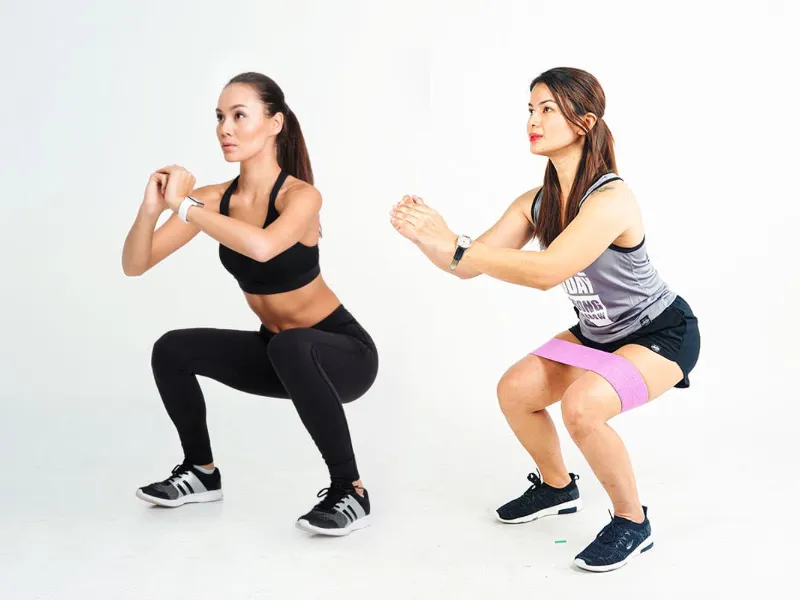
The squat isn’t just about leg day-it’s a blueprint for human movement. We squat when we sit, pick things off the ground, or even jump. And yet, most people perform it wrong.
The problem? Weak glutes, poor ankle mobility and incorrect form contribute to knee pain and low back issues. Many people either avoid squats or do them half-heartedly out of fear of injury.
The fix: Master the bodyweight squat first. Focus on keeping your knees tracking over your toes and your chest proud. Then gradually add resistance-barbells, dumbbells, or kettlebells. And don’t just think front or back squats; goblet squats and sumo squats can be equally transformative depending on your goals. Don’t be over thinker.
2. The Push-Up: Humble but Mighty
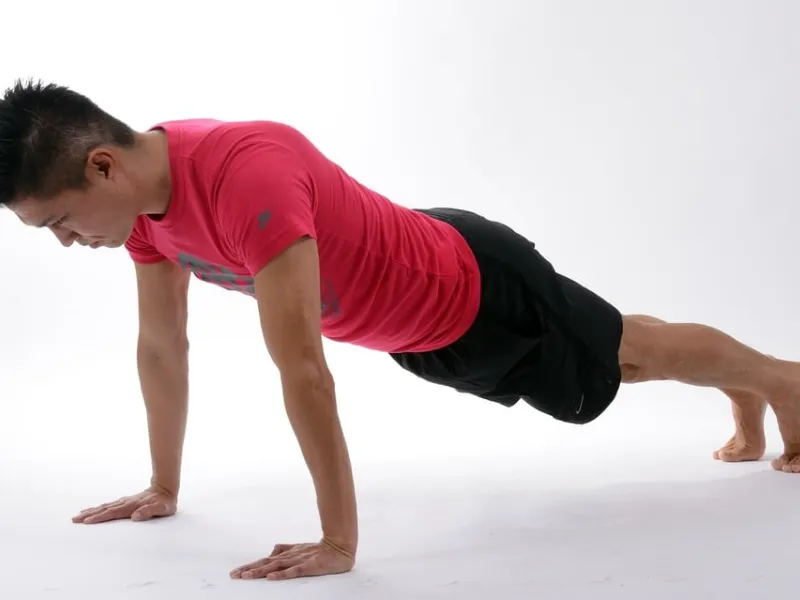
Push-ups are often dismissed as “too basic”, but in reality, they’re an advanced expression of full body strength and control. This move strengthens your chest, shoulders, triceps, core and even your glutes-if done correctly.
The common issue? Sagging hips, flared elbows and incomplete range of motion. A poorly executed push-up does more harm than good.
The solution: Elevate your hands on a bench if you’re struggling. As strength improves, work your way down to the floor. Aim for perfect form over volume – quality always trumps quantity in bodyweight training. To reduce body weight with yoga, you have to stay consistent and focus on the right poses.
3. Lunge: Your Balance-Builder

Lunges mimic real world movement better than most gym machines. They enhances balance, unilateral strength (fixing left/right imbalances) and core activation.
The typical concern: Knee instability and loss of balance. Many skip lunges for fear of tweaking something.
What helps: Start with reverse lunges, which are gentler on the knees. Engage your core tightly and keep your front knee aligned with your second toe. If needed, use a wall for support initially. You’ll be surprised how fast your balance improves when you train it purposefully.
4. Pull-Ups: The Ultimate Upper Body Test
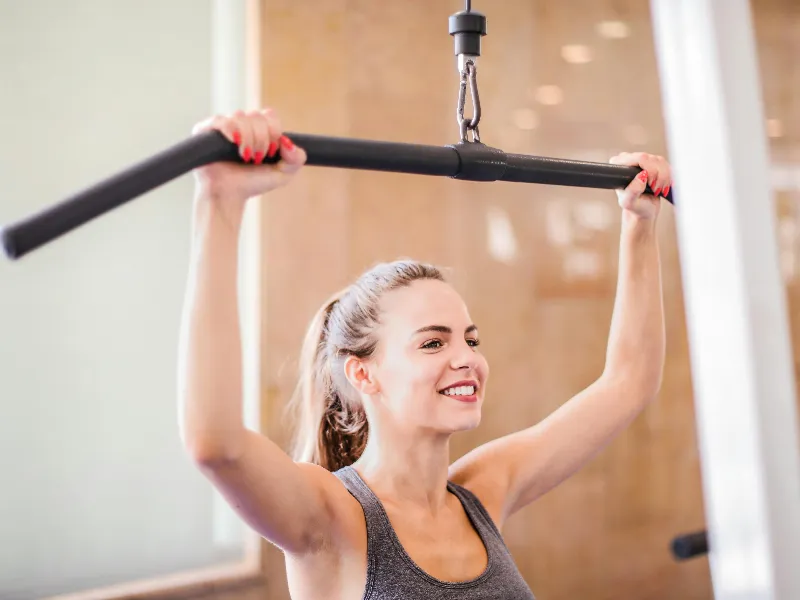
There’s something raw and real about the pullup. It’s one of the few movements that tests upper body power in its purest form. You’re not lifting a bar – you’re lifting you.
But here’s the snag: Most beginners can’t do a single pull-up. and that is okay. the danger lies in giving up too soon.
The progression plan: Start with negative reps (jump up, lower slowly), band-assisted pull-ups, or even horizontal rows using a suspension trainer. Add grip strength exercises into your week. Eventually, the bar will be yours.
5. Plank: The Quiet Core Crusher
The plank looks easy. It’s just holding still, right? Not quite. A properly performed plank ignites your entire core – from your shoulders to your hips.
What goes wrong? People either hold the position far too long with poor form or give up quickly without truly engaging.
The upgrade: Instead of just holding, try plank variations–side planks, shoulder taps or plank with leg lifts. These challenge your stabilizers and make your training functional.
6. Deadlift: Strength Redefined
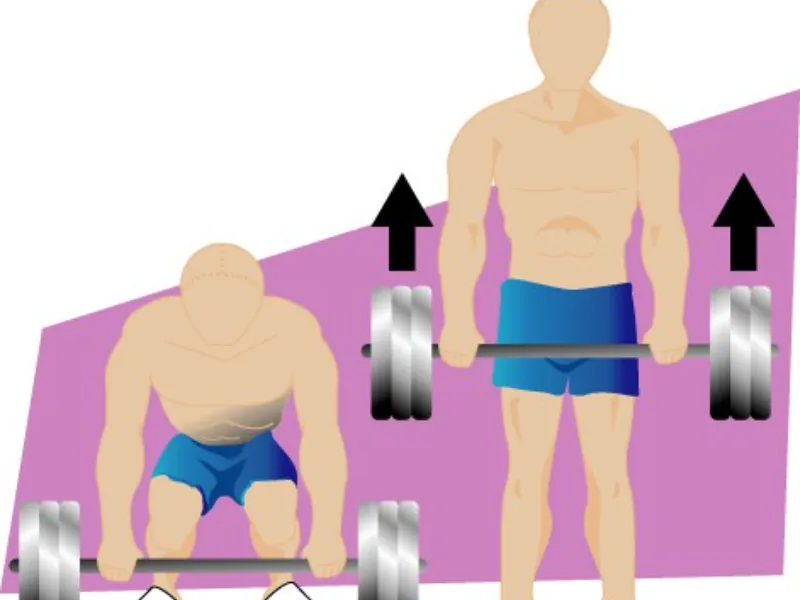
Often dubbed the “king of lifts”, the deadlift works more muscles than any other movement. It’s the quintessential way to build strength, posture and real-world resilience.
The concern: Risk of any injury due to poor form or excessive weight.
What to do: Learn with a coach or start with a trap bar deadlift, which is more beginner friendly. Always prioritize form over ego. A proper deadlift not only builds your posterior chain but can prevent Lower Back Injuries.
7. The Bridge: Glute Activation Gold
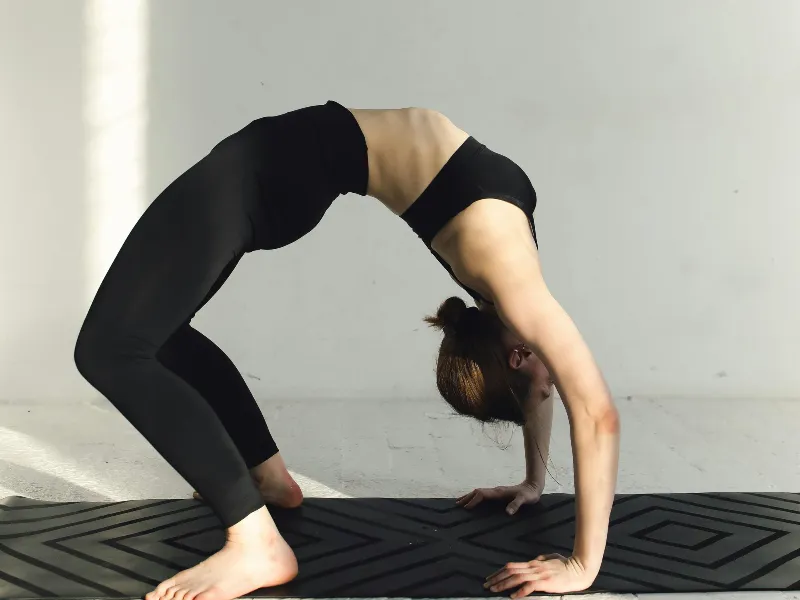
Underactive glutes are a modern epidemic-thanks, desk jobs. Bridges are one of the most effective ways to wake them up.
The issue: People treat bridges as a warmup and rush through them. Done right, they are a powerful standalone movement.
Try this: Add resistance with a dumbbell or resistance band. Focus on squeezing your glutes at the top and keeping your ribs tucked. once mastered, progress to hip thrusts on a bench for a full glute overhaul.
8. Exercise Bike: Low-Impact Cardio with High Rewards
If you’re looking for a joint-friendly way to torch calories and boost cardiovascular endurance, the best recumbent exercise bike can be a game-changer. Unlike running,it offers a low-impact alternative thats gentler on the knees while still delivering serious fat-burn potential. It strengthens your quads, hamstrings, calves, and even your glutes with consistent pedaling.

For beginners, start with 15–20 minutes at a moderate pace, gradually increasing time and resistance. Want to level up? Try interval training, alternate between 1 minute of fast pedaling and 2 minutes of recovery. It is not just about fitness, it’s about building stamina, staying consistent and protecting your joints while doing it.
9. Bonus: Oblique Exercises for a Strong, Sculpted Core
While everyone chases six-pack abs, few pay attention to their obliques-the muscles on the sides of your waist. But here’s the truth: your obliques exercises are crucial for rotational power and spinal stability and posture. They help you twist, bend, stabilize your spine and even protect you from injury.
Neglecting them means missing half the picture.
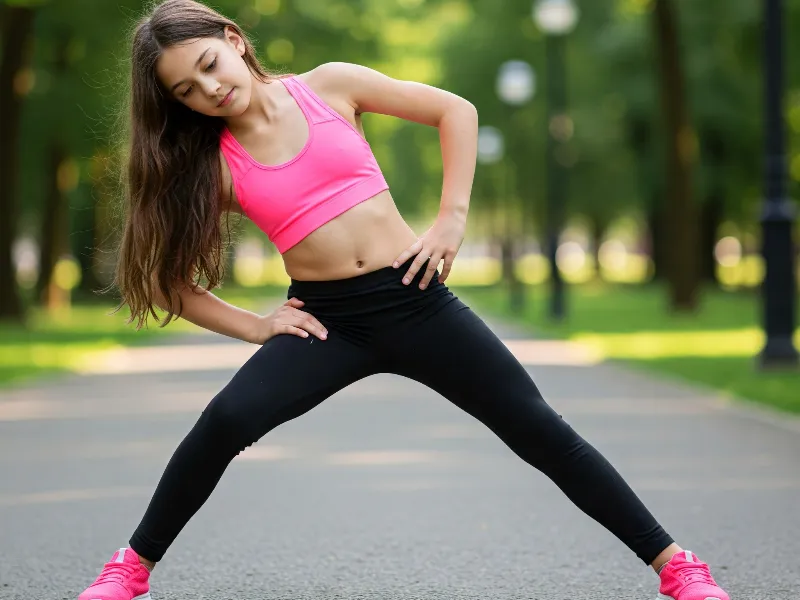
While planks and deadlifts engage your obliques, targeted exercises can enhance definition and rotational strength. Here are some underrated oblique moves:
1. Russian Twists
- Sit on the floor, lean back slightly and twist side to side with or without weight.
- Pro Tip: Keep your back straight to avoid strain.
2. Side Plank with Hip Dips
- Hold a side plank, then slowly lower and lift your hips.
- Why It Works: Hits the deep core stabilizers.
3. Woodchoppers (Cable or Dumbbell)
- Mimic a chopping motion diagonally across your body.
- Functional Benefit: Improves rotational power (great for athletes!).
4. Bicycle Crunches
- Unlike regular crunches, these engage obliques through rotation.
- Key Point: Focus on slow, controlled movements.
Bringing It All Together:
The effectiveness of an exercise doesn’t just lie in how hard it feels-it lies in how well it integrates into your body’s natural patterns. These foundational movements don’t just burn calories or add muscle. They teach your body how to move, recover and thrive.
And here’s the golden rule: Progress, not Perfection. start where you are, use what you have, do what you can.
When you build your workouts around time-tested, compound movements and give due attention to underappreciated muscles like your obliques, you’re not just training for today-you’re building a better tomorrow.
Go Here to Explore Yoga for Mind Relaxation – 100% Effective Poses
FAQs
1. Is Riding a Bike Good Exercise?
Yes! Riding a bike is an excellent cardiovascular workout that improves endurance, strengthens your legs and core, and supports joint health. It’s also a great low-impact option for people with knee or back concerns.
2. Can You Exercise After Botox?
It’s best to avoid exercise for at least 24 hours after Botox. Intense activity can increase blood flow and potentially spread the toxin to unintended areas, reducing its effectiveness. Always follow your provider’s advice.
3. Does Exercise Help Acne?
Yes, regular exercise can help Acne by reducing stress hormones and increasing blood flow, which supports skin healing. Just make sure to cleanse your face post-workout to avoid sweat and oil buildup.





